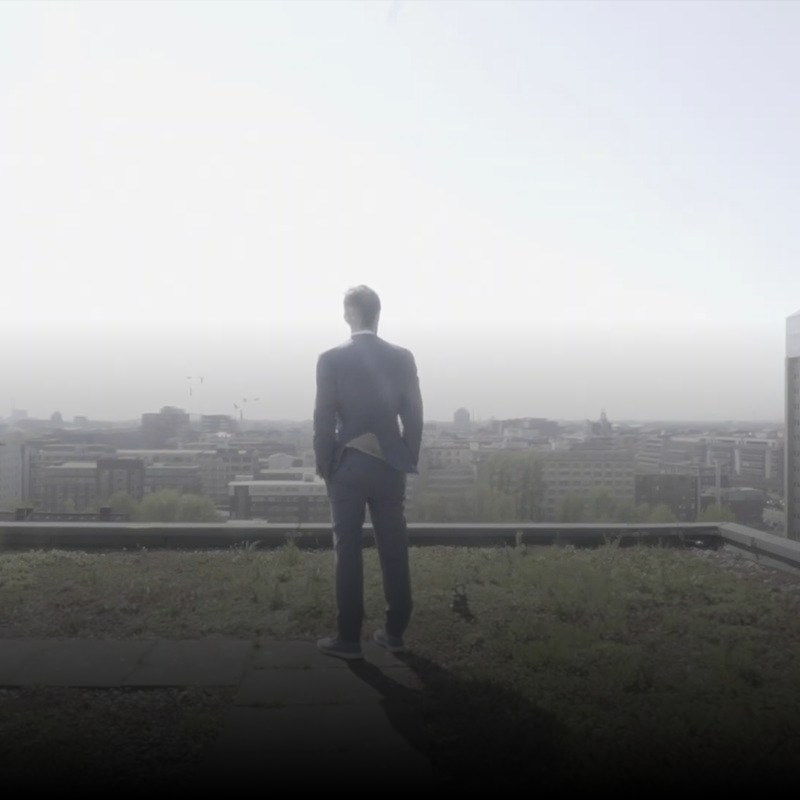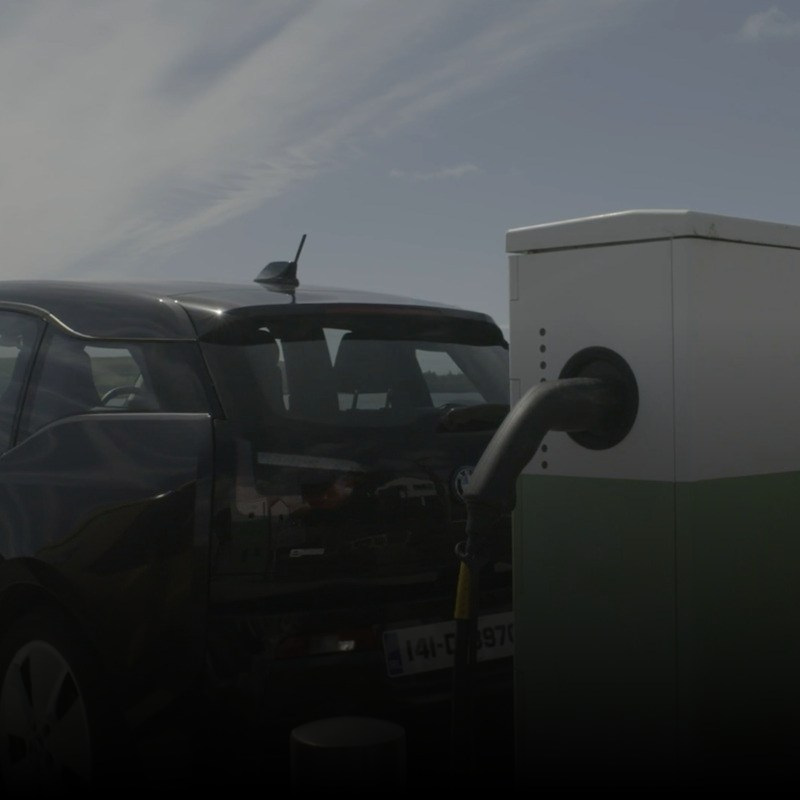Leading Europe’s energy transition
By Recharge
Europe’s energy transition continues to pass milestones for rates of electrification and reduction of emissions. But for the EU’s 32 national power companies, which have kept the region’s heating, air conditioning and lights on to this point by some combination of fossil-fired (oil, gas and coal) or nuclear power production, the coming years will amount to a re-invention. Every one of their CEOs knows that, for environmental and economic reasons, ‘business as usual’ will mean going out of business.
Just how these utilities will transform themselves for a renewables-powered world has drawn a diverse strategic response. This is highlighted in Eurelectric’s Leading the Charge series; it can also be seen by examining five of the biggest in the bloc.
Enel
Italy’s Enel last year unveiled a new venture called Enel X, a global operation dedicated to “future solutions” for the energy transition – areas such as demand response, electric vehicle (EV) charging and home energy management – and including, most recently, an innovative micro-grid project run as “a pilot of what we’re going to see around the world over the next two to three years”.
The launch of Enel X capped a spectacular, decade-long transformation at the Italian utility, which by its own admission had lagged behind its competitors in renewables due to scepticism within the company about the commercial viability of clean-energy sources. But since forming Enel Green Power (EGP) in 2008, the utility has outpaced all others, building up a portfolio of some 43GW of large-scale onshore wind, PV (solar), hydropower, biomass and geothermal projects, making it the world’s largest green-energy operator today.
And that capacity is planned to grow by a further 11.6GW by the end of 2021, matched by a concurrent decommissioning of 7GW of Enel's conventional fossil-fuel fleet, which today makes up 55% of its total power plant base.
Led by an energy decentralisation strategy called Open Power – which has the ambition of “opening energy access to more people, opening the world of energy to new technologies, opening new ways for people to manage energy; opening new uses of energy; and opening more partnerships”, the utility’s internationalisation has been rapid.
EGP has been undertaking massive project builds across the Americas – North, South and Central – and the region will provide two-thirds of Enel’s renewable capacity growth through to 2021. The Italian company has earmarked €10.6bn ($12.2bn) to spend on renewables globally in the next two years, and the US, where 1GW of new wind and solar farms is expected to be constructed each year in the near-term, is likely to be the largest recipient of investment.
In Latin America, the utility earlier this year moved to a new 'build, sell, operate' model so as to free up finance to build 2GW of wind and solar capacity in the region by 2021. And though the whole of its current Africa and Asia operations contribute just 15% to its coffers, Enel says it sees these regions as likely to grow to a place in its portfolio similar to that held today by the Americas “in the next 5-10 years”.
Vattenfall
Sweden’s Vattenfall has been shifting a historically nuclear- and fossil fuel-heavy asset portfolio toward renewables for some time. In recent years it has invested particularly intensely in offshore wind power off Europe, including such projects as the giant 760MW Hollandse Kust Zuid 1&2 project off the Netherlands, one of the region’s ten biggest currently under development.
Renewables now make up 3GW of the utility’s total 31GW portfolio, but with hydro and nuclear added, which together account for almost 19GW, some 75% of its electricity generation is fossil-free – which has translated into a precipitous 70% decrease in its CO2 emissions since 2014.
Of its total SKr56bn ($3.7bn) in planned investments in 2019-2020 – 58% of which are spotlighted as “growth investments” designed to drive its corporate energy transition – some Skr24bn is being channeled into new wind farms.
But for Vattenfall – as a producer and retailer of electricity – the transition in power production needs to be matched across the company, in keeping with its stated intention to “make fossil-free living possible within one generation”.
Its clean-energy investments have been far-ranging. On top of utility-scale wind, solar and hydro, the utility is also financing the world’s first ‘green’ (wind-powered) cement plant, and a new form of salt-based energy storage that stays charged for months without losses, a key weakness of current industrial-size batteries. Most recently, it announced a plan to begin producing commercial-scale hydrogen for biofuel production, electrification and power supply with what would be Europe’s largest water electrolysis plant.
At last count, the utility had cut its annual CO2 emissions from 84 million tonnes to 23 million tonnes, with the aim of stopping all coal-fired power production by 2030, part of its “roadmap to fossil freedom”.
Iberdrola
Iberdrola is also a big believer in offshore wind power – which is proving a cornerstone of its transition away from fossil-fuelled existence. Since having worked with global sector pacesetter Orsted (formerly state-owned Danish Oil & Natural Gas) on the West of Duddon Sands project off the UK several years ago, the Spanish utility has built out an impressive international portfolio of developments. It has ownership stakes in Avangrid and Vineyard Wind off the US, and Scottish Power Renewables off Britain – including Europe’s tenth-largest offshore wind farm, the 714MW East Anglia 1 project – as well as others under the Iberdrola flag off Germany and France.
But sea winds alone are not sailing Iberdrola into the future. Its onshore wind and solar power plant build-out will also factor in to plans to add almost 10GW of renewable capacity in the next four years – putting it on track to be one of the world’s biggest renewables operators, with almost 40GW of assets – as it advances its ambition of cutting its CO2 emissions by 50% from 2007 levels before 2030, and becoming carbon-neutral by mid-century.
The utility’s €34bn ($38.7bn) capital budget through to 2022 will allocate 39% of that total (€13.3bn) on renewables projects, with only its electricity network assets in the US and Europe receiving greater investment (€16bn).
Though it has been active for several years in the US PV market through Avangrid, Iberdrola was viewed as a solar sceptic until a few years ago. It has since “changed [its] mind”, and recently started construction of the 500MW Nuñez de Balboa PV plant in southern Spain – set to be the biggest in the EU when brought online, as well as being the source of electricity for three so-called corporate power purchase agreements signed this year with telecoms operator Euskaltel, bank Kutxabank and retailer Uvesco.
Engie
Engie’s website is headed: ‘Ambition: to lead the zero-carbon transition’. The French utility is a hydropower stalwart, with a 13.5GW portfolio producing some 71% of its annual electricity generation (wind assets contribute 23%). It is now striding ahead with plans to divest all coal-fired assets, and in April took the black stuff’s contribution down to 4% of its global power generation fleet – a fall from 13% at the end of 2015, and a reduction of almost 75% from its original coal-based electricity generation base – with the sale of Dutch and German plants.
The utility plans to add 9GW of clean-energy capacity by 2022, taking renewables to over a third of its total 103GW installed plant capacity, as wind – particularly offshore and even floating wind – plays “a major role” in its evolution from the gas-led organisation it was as Gaz de France before it merger with Suez last decade. Indeed, at its latest Capital Markets Day, renewables was anointed as a ‘Global Business Line’ alongside thermal, gas and power networks and customer solutions.
The world’s largest independent power producer, with operations in close to 70 countries on five continents, Engie is spending €2.3-2.8bn ($2.6-3.2bn) on building renewables capacity between 2019-21, part of a wider strategic shift that aims grow its presence in Africa and Southeast Asia while reinforcing its influence in the European and US markets. It made a significant entry into the latter last year with the takeover of wind and solar developer Infinity Renewables.
Engie’s internationalisation strategy has made an impression on markets from Mexico, where the company recently joined with Japan’s Tokyo Gas to develop renewables projects as part of the Helios joint venture, through South Africa, where it is leading the consortium developing the 100MW Kathu concentrating solar power (CSP) development, one of the three largest in the country, to India, where it now operates over 1GW in wind and solar farms.
Back in Europe, offshore wind power is leading its energy transition strategy. Engie is involved with developments off France, the UK and the Netherlands – where it is in the running to win the zero-subsidy tender for the giant 750MW Hollandse Kust South 3&4 zone. And it is looking keenly at the potential for floating wind both off Europe and in emerging plays in the US and Asia: it thinks it can get the levelised cost of energy down to 2022, where conventional bottom-fixed offshore wind was just a few years ago, and aims to ramp to install 1GW a year.
Engie has said it wants to put itself “at the forefront of the second wave of energy transition … that is pulled by industry and local authorities [rather than] pushed by central governments”, and so is aiming at further upscaling the role of renewables in the group by targeting 50% of new clean-energy projects dedicated to specific customers through corporate PPAs.
RWE
Germany’s RWE finds itself in a conundrum. At a time when the European electricity industry is working intently towards carbon-neutrality, the giant utility – which was earlier this year given the green light by the EU to take over the renewables operations of compatriots E.ON and Innogy – is something of an outlier. It sees the profits to be made from renewables, but has so many coal-fired power plants that plans to phase out the fossil fuel by 2038 will doubtlessly be challenging to the company.
The part-merger with E.ON and Innogy will give the enlarged utility 8.6GW of renewable generation from the outset, and it announced plans to spend €1.5bn ($1.7bn) per year on adding 2-3GW of new capacity a year. Yet the company also has 17.5GW of lignite and hard coal-fired plant in Europe at risk of becoming ‘stranded assets’ on its balance sheet. This makes its energy transition a difficult balancing act – not least in its corporate headquarters in the city of Essen, at the heart of the Ruhr coal-mining region.
Still, in April, the company announced that it would no longer invest in new coal-fired power plants, cancelling plans for the controversial BOAPlus project to replace two lignite-powered plants in North-Rhine Westphalia, and turning its focus more sharply to renewable energy, conceding: “New coal-fired power stations no longer have a place in our future-oriented strategy.” Its current fleet includes plants powered by lignite and coal, gas, uranium, water and biomass.
Once combined with E.ON and Innogy, the ‘new’ RWE will become the world’s second-largest operator of offshore wind, with 2.2GW immediately in operation and more capacity on-tap from a portfolio of projects under construction or in planning around the world. The utility will also rank highly among Europe’s top renewable-energy generators, with almost 5GW to start in Europe and 8.6GW globally.
It in most recent annual report, RWE underlined that sustainability was “a cornerstone of RWE’s strategy” already in place, pointing to its having cut CO2 emissions by 60 million metric tons between 2012 to 2018, a decline of 34%.





